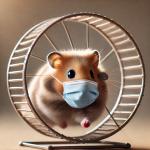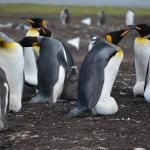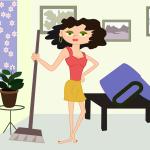There is little doubt at this point that the COVID vaccines were oversold. While they reduce the severity of the illness, they do not prevent infections nearly as effectively.
COVID-19 transmission
I’ve written about the impact of climate, global or local, on the transmissibility of COVID-19 on several occasions, e.g., here and
The research was done using ferrets, which have both susceptibilities to seasonal influenza viruses that affect us and have similar respiratory transmission patterns.
The generation of aerosols from patients with COVID-19 has long been a concern in healthcare.
How many particles of COVID-19 you are infected with, the viral load, and for how long they may appear in our breath or fluids, viral shedding, are reasonable measures of how able a person is to transmit the virus to another.
Lockdowns are nothing more than widespread, complete social distancing. The science here is clear that eliminating direct contacts significantly reduces disease transmission.
If you want to protect yourself from COVID-19 and have to commute by train as so many do in the tri-state area of New York, New Jersey, and Connecticut, where is the best place to sit socially distant?
The researchers made use of population density, social distancing, and climate in looking at the number of COVID-19 cases at the county level.
For all you New Jersey folks who were looking forward to an indoor meal, I'm sorry to disappoint you. Indoor dining, which was supposed to begin in Jersey on July 2nd, ain't gonna happen. Governor Phil Murphy explained why.












